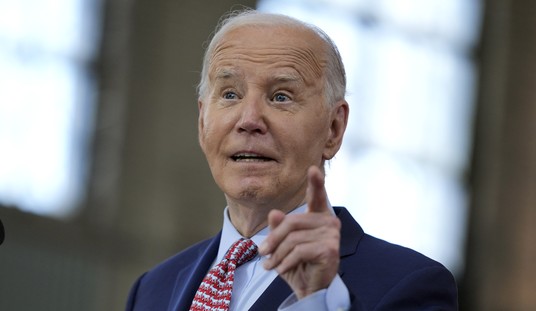Political pundits love to discuss how America is more divided in 2018 than any other time in its recent history: The Union has never faced such dangerous political and ideological divisions since the Civil War.
But is this true? Is America really so divided that a second civil war really looms on the horizon? To see whether this is true or fear-mongering, let's go back to before the first Civil War and see what conditions were present there.
The origins of the Civil War go back decades before 1861, even before the United States became an independent nation The federal union had always been precarious, ever since the framing of the Constitution, with the institution of slavery led to two distinct cultures and societies. In this inaugural episode of the History of Civil War in 10 Battles series, history professors Scott Rank and James Early discuss the main social and political issues that sparked the Civil War.
Show Notes
- The federal union had always been precarious, going back to the framing of the Constitution.
- Southern delegates to the Constitutional Convention threatened to bolt if slaves were not counted in their populations
- Threats of secession occurred several times prior to the Civil War, most notably in 1814 (Hartford Convention) and 1828 (Nullification Controversy).
- A balance between the number of free and slave states was maintained through 1850.
- The institution of slavery led to two distinct cultures and societies.
- Slavery, originally allowed in all states, died out in the North. By 1804, all northern states had outlawed it.
- The work of the Abolitionists caused great resentment among Southerners.
- Southerners, who originally said slavery was a “necessary evil”, by the 1830s called it a “positive good.”
- The Mexican-American War resulted in much new territory, which in turn led to increased sectional strife over slavery.
- The South wanted the new territories to be open to slavery, while the North wanted them to be free.
- The Compromise of 1850 brought peace in the short-term, but subsequent events such as Bleeding Kansas, the Dred Scott Decision, and John Brown’s raid on Harper’s Ferry drove the sections further apart.
- The Election of 1860 became the point of no return.
- The Democratic Party split into northern and southern wings over the issue of a Federal Slave Code.
- Abraham Lincoln became the Republican nominee. Southern leaders threatened secession if Lincoln were elected.
- Lincoln was elected (even though he was not even on the ballot in most northern states).
- Beginning with South Carolina, 7 southern states seceded between December 1860 and February 1861. The remaining slave states stayed in the Union for now.
- Fort Sumter
- The seceded states founded the Confederate States of America, with the capital in Montgomery, AL.
- The Confederate states beefed up their militias, and soon a regular Confederate Army and Navy were formed.
- Rebel forces seized all Federal property in the South except a handful of forts, the most notable of which was Fort Sumter in Charleston Harbor.
- South Carolina demanded the fort’s surrender. Its commander refused.
- The commander of the confederate forces surrounding Ft. Sumter was General P. G. T. Beauregard. Beauregard had been an artilleryman, so skilled as a student at West Point that his instructor at West Point kept him on as an assistant for another year. His instructor was Major Robert Anderson, commander of the Union troops inside Ft. Sumter.
- On April 12, 1861, The Confederates began bombarding the fort. 34 hours later, Anderson ordered the fort’s surrender. The only casualty in the bombardment was a Confederate horse.
- Further secessions
- On April 15, 1861, Lincoln issues a proclamation asking for 75,000 volunteer soldiers to put down the rebellion. (The regular army only had 16,000 troops in early 1861, and most were stationed in the far West).
- Two days later, Virginia secedes from the Union. Soon, North Carolina, Tennessee, and Arkansas follow suit.
- The Confederate capital is moved to Richmond, Virginia (only 100 miles south of Washington).
- The Confederate government calls for 100,000 volunteers. Many more than that sign up.
- Lincoln offers Colonel Robert E. Lee command of all Union armies. Lee declines, and instead resigns his commission and becomes a Confederate general.

























Join the conversation as a VIP Member